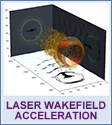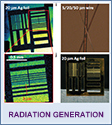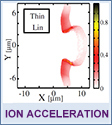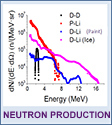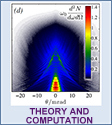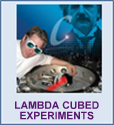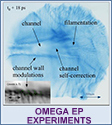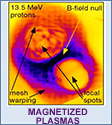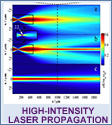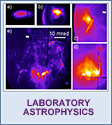
The High Field Science group at the Center for Ultrafast Optical Science (CUOS) is a world-leading group researching the science and applications of relativistic plasma. In High Field Science we are engaged in a number of ongoing key research projects involving the generation of relativistic plasmas, including table-top acceleration of high peak energy electron beams using plasma bubbles, acceleration of high quality energetic ion beams, the generation of high brightness x-ray pulses and laser driven neutron sources, in addition to numerical modeling of laser-plasma interactions. We are also involved with other studies, ranging from the investigation of phenomena related to generating fusion energy using lasers, to the use of laser-plasmas to study astrophysical phenomena. In addition, we are working on the implementation of a ZEUS facility which is constructed as a result of the grant from the National Science Foundation Mid-scale Research Infrastructure program. ZEUS will include a dual-beamline 3 PetaWatt laser system that will provide unique new capabilities. This will be a high power laser user facility for US scientists as well as for the wider international research community, and will have an open and transparent external review process for facility access.
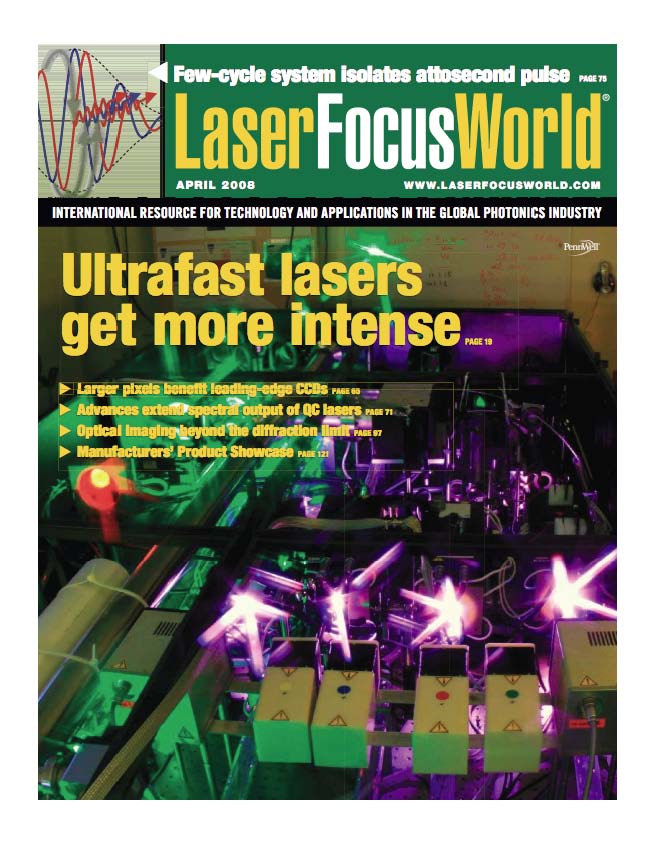
The High Field Science group has three supporting high power laser systems: HERCULES is a Ti:Sapphire laser system operating at 10 TW. The lambda-cubed high-repetition-rate Ti:Sapphire laser system operates at 500 Hz with a power of 0.3 TW, and through the use of adaptive optics, has the unique ability to produce relativistic intensities at high-repetition-rate, enabling the systematic study of these plasmas. T-cubed is a 20 TW Nd:Glass laser system operating with longer pulses of 400 fs duration. These complimentary systems allow us to study relativistic plasmas under a range of conditions.
We have a number of ongoing collaborations with researchers in High Field Science around the world, including the Laboratoire d’Optique Appliquee in France, the Central Laser Facility at the Rutherford Appleton Laboratory and Imperial College London in the UK, the Centre for Plasma Physics at the Queen’s University Belfast in the UK, the Institute for Laser Engineering at the University of Osaka in Japan and the University of California, Los Angeles in the US.
Our research is supported by the National Science Foundation and the Department of Energy. Additional support is provided by the Office of Naval Research, the Defense Advanced Research Projects Agency, the Department of Homeland Security, the Defense Threat Reduction Agency, the Army Research Office and the Air Force Office of Scientific Research.


